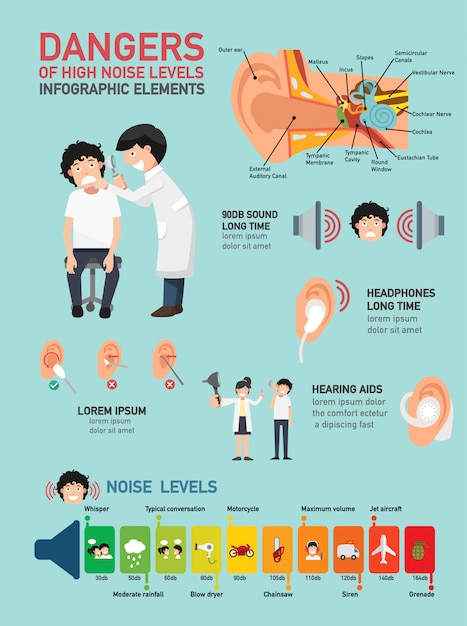Dyslexia Tutoring: Approaches And Strategies For Efficient Understanding
Dyslexia Tutoring: Approaches And Strategies For Efficient Understanding
Blog Article
Author-Bossen Burnett
If you're collaborating with a student who has dyslexia, you know how vital it is to embrace the appropriate techniques. Tailoring your strategy to fit their unique demands can make a substantial distinction in their discovering journey. By integrating multisensory techniques and organized proficiency programs, you can help them construct vital abilities. But what particular methods can you carry out to really cultivate their self-confidence and development? Allow's discover these efficient approaches together.
Recognizing Dyslexia and Its Influence On Learning
Comprehending dyslexia is essential due to the fact that it affects just how individuals discover and process details. If you or someone you know has dyslexia, you'll discover challenges with analysis, punctuation, and composing. This isn't a representation of intelligence; it's about exactly how the mind translates language.
You may have problem with phonemic understanding, making it difficult to link audios to letters. This can result in frustration and lowered self-esteem in scholastic environments. Identifying these patterns is necessary for producing encouraging learning experiences.
You'll discover that early intervention and tailored strategies can dramatically improve outcomes. By comprehending the special ways dyslexia influences finding out, you can cultivate a much more comprehensive atmosphere, assisting those affected grow and recognize their complete capacity.
Efficient Coaching Methods for Dyslexic Trainees
Acknowledging the difficulties dyslexic trainees deal with opens the door to efficient tutoring methods that can make a genuine distinction in their knowing trip.
First, make use of multisensory techniques; integrate aesthetic, acoustic, and kinesthetic methods to engage them completely. Integrate structured proficiency programs, concentrating on phonics, phonemic recognition, and vocabulary.
Break down tasks into smaller, convenient actions to prevent overwhelming them. Motivate regular practice and repetition, reinforcing discovering without frustration. Usage positive support to improve their confidence and motivation.
read article to their distinct staminas, and be patient as they proceed. learning center toys but not least, keep open communication with moms and dads to sustain their knowing in your home.
Creating a Supportive Discovering Setting
Producing a helpful learning setting is essential for aiding dyslexic pupils thrive. Begin by guaranteeing the room is quiet and without distractions, permitting them to focus completely on their tasks.
Use adaptable seating setups that promote comfort and interaction. Include aesthetic aids and hands-on materials to enhance discovering concepts, satisfying their distinct processing designs.
Motivate open interaction, so pupils really feel secure revealing their struggles and requesting for assistance. Celebrate their successes, regardless of just how little, to increase their self-confidence.
Develop a routine to supply framework, which can lower anxiety. Finally, foster collaboration with peers, as social communication can improve learning and offer emotional support.
Your efforts will certainly produce a nurturing atmosphere that promotes growth and strength.
cognitive behavioral therapy for insomnia
To conclude, successfully tutoring a dyslexic trainee calls for a mix of understanding, customized strategies, and a helpful setting. By using multisensory strategies and structured proficiency programs, you can help enhance essential skills and enhance confidence. Bear in mind to maintain communication open, break tasks into smaller sized steps, and celebrate development, no matter just how little. With your dedication and the right technique, you can make a significant distinction in their scholastic journey and total well-being.
